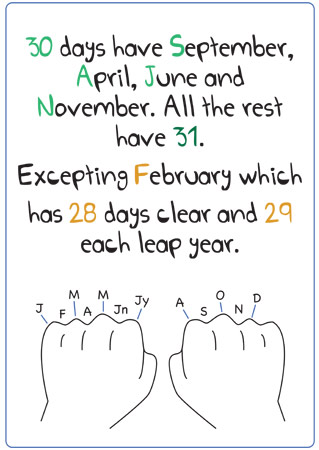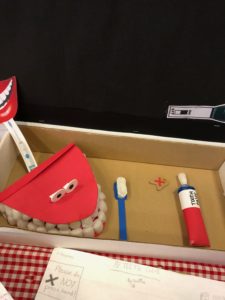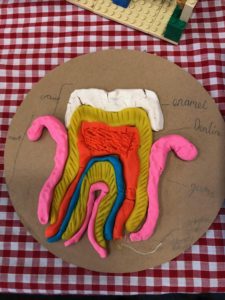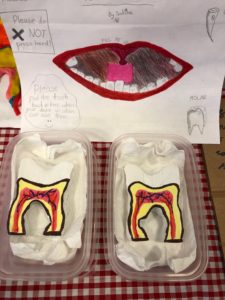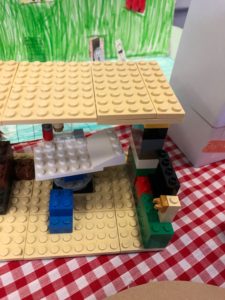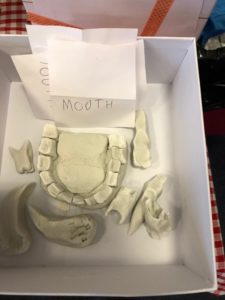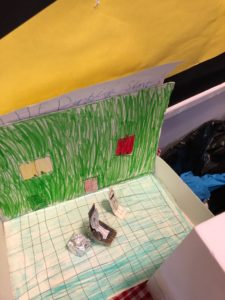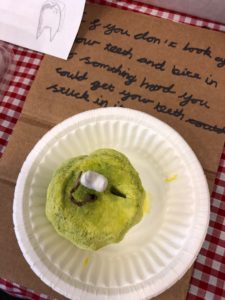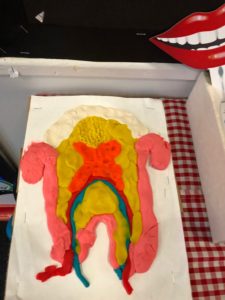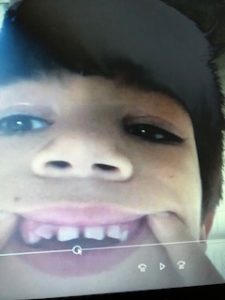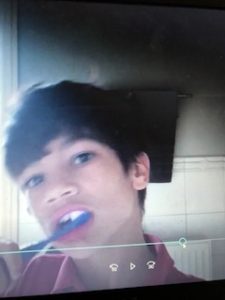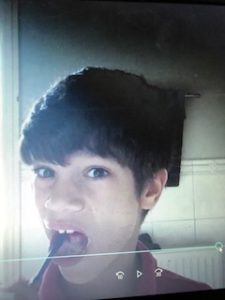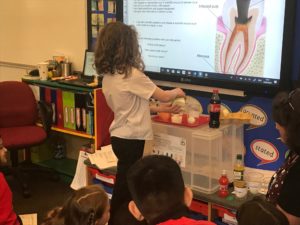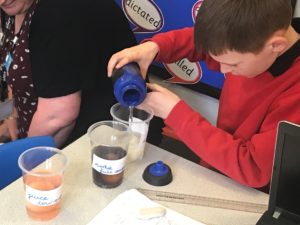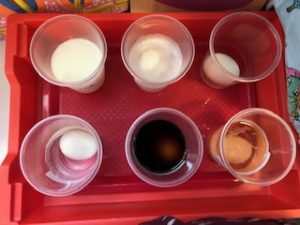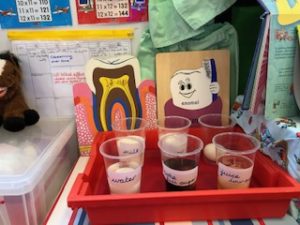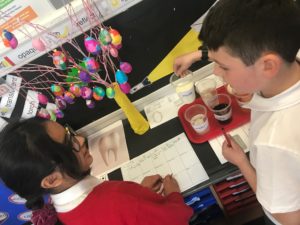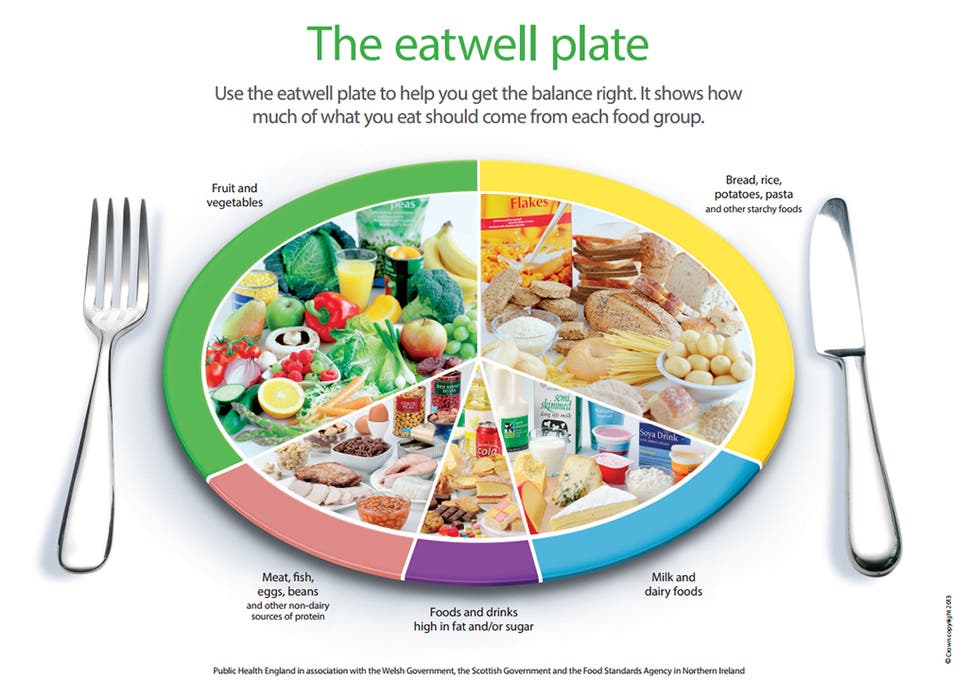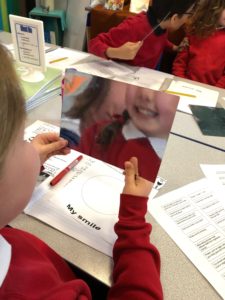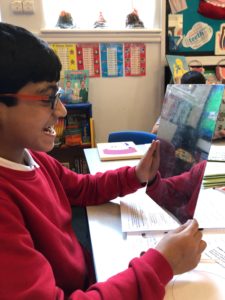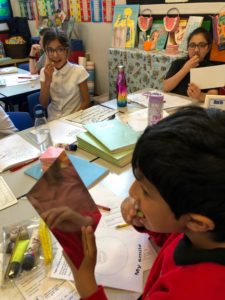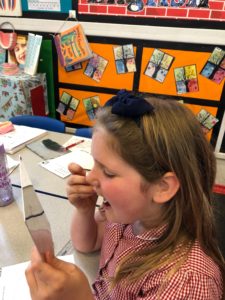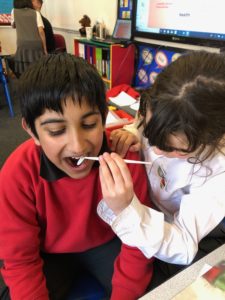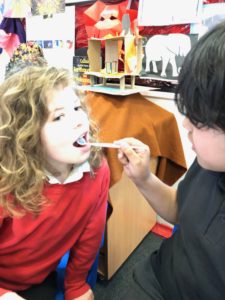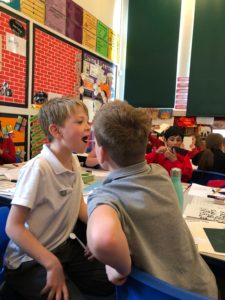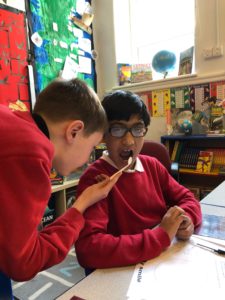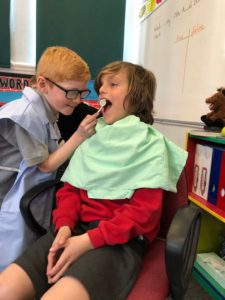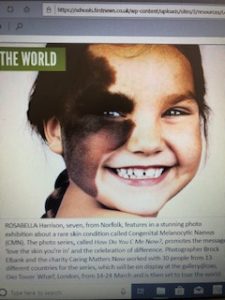Over the last few weeks, Year 4 have learnt that practicing good dental hygiene, flossing and brushing regularly, seeing a dentist for check-ups and cleanings, go a long way toward keeping our teeth and gums in good health. But, hygiene is not the only factor in your dental health. What we eat and drink can cause damage to our teeth.
Everything we put in our mouths has to get past our teeth and gums, and therefore impacts their health. We have spent some time looking at smoothie recipes, with ingredients, that do not harm our teeth. There are many that have healing and strengthening qualities.
 Great For A Beautiful, Bright Smile
Great For A Beautiful, Bright Smile
3 apples (kill bacteria to make your smile whiter and brighter)
2 kiwis
1 avocado (contains calcium for strong teeth) and 1 orange
A few mint leaves for extra flavor (and fresh breath!)

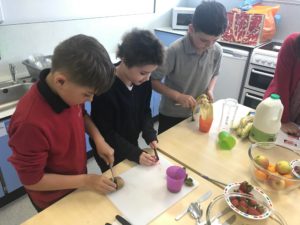
We discussed that, not all smoothies are created equally. It is very easy to make a smoothie that is loaded with sugar, and while it may taste good, can contribute to tooth decay, cavities, gum disease, and an array of other health problems.
To find out more about sugars in food, the children studied a leaflet.

“I can’t believe how much sugar is in a can of coke!” stated Jasraj.
The children were fascinated to find out, that white, refined sugar is not the only source of sugar that you might be putting into your smoothies. Fruit juices are high in sugar. “I never realised that some fruit juices have so much sugar in them! I thought the ‘low sugar’ ones were OK!” commented Priya.
Honey and maple syrup, although natural and with other health benefits, are both sugars.
“Yogurts can also be very high in sugar, so read the labels before you choose one to put in your next smoothie recipe,” recommended Year 4.
“Not only do these sugary ingredients promote tooth decay, they add extra calories that you probably don’t need!” added Mrs Freeman.
Great For Strong Teeth 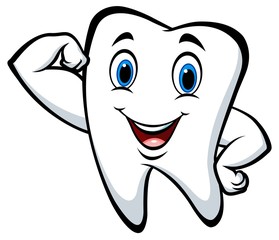
2 kiwis
1 cup of strawberries
1 and 1/2 cups of milk (contains calcium to make the teeth and bones strong)
2 tablespoons of mint (great for fresh breath!)
1 cup of crushed ice cubes


Great For Fighting Oral Bacteria And Strengthening The Teeth
1 cup of plain Greek yogurt (plenty of healthy bacteria known as probiotics to attack bad oral bacteria) and 1 cup of fruit of your choice (Strawberries, bananas, and blueberries are great options.) 1/4 cup of milk (calcium for strong teeth)


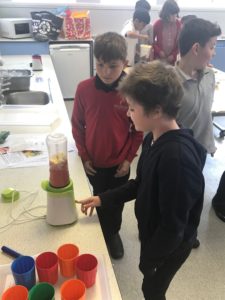

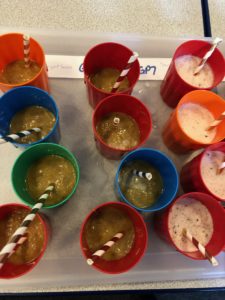
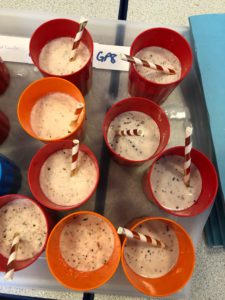
Question your child about this learning.
Can you describe the taste of the smoothie?
Which ingredient is full of calcium?
True or false? Apples help to kill bacteria to make your smile whiter and brighter?
Why did we chooses to drink the smoothies through paper straws?

